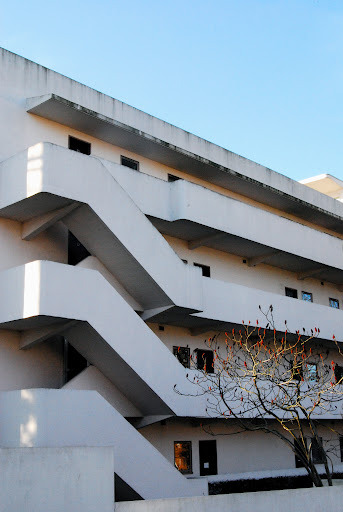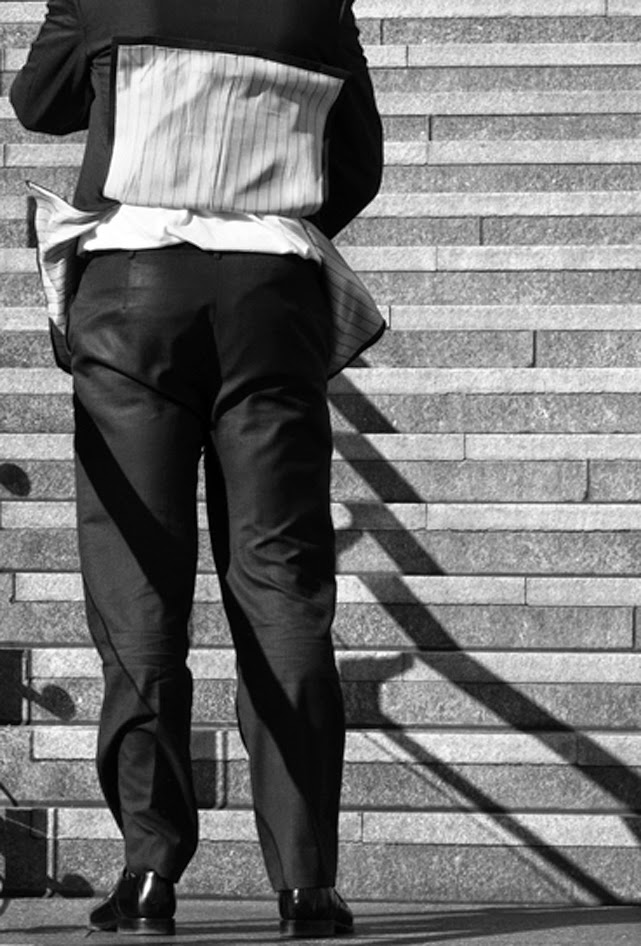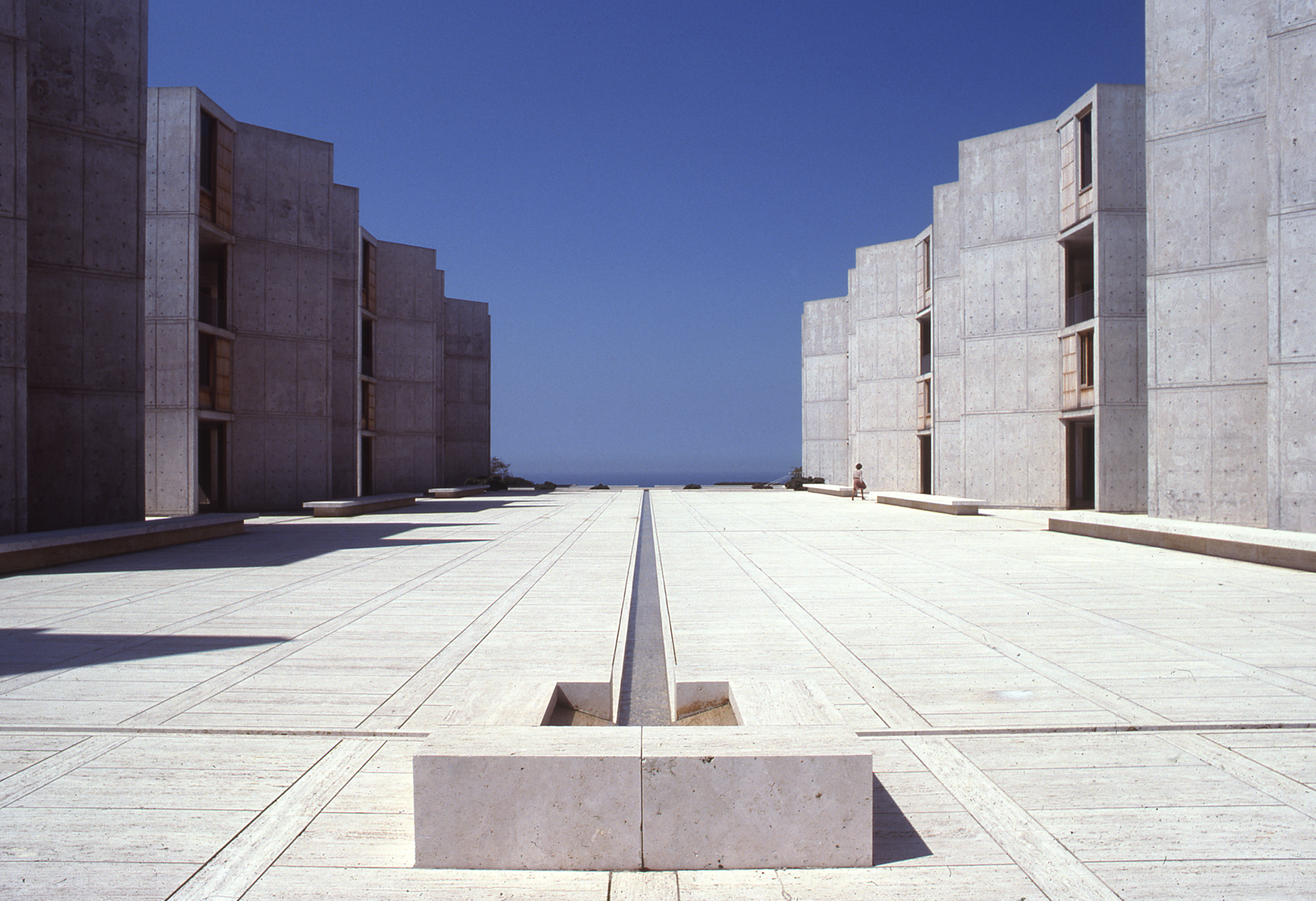Here’s my pick of three things to do this week- a newly opened gallery in Wells Coates’ Isokon building in Hampstead, an installation by British artist Fiona Banner and an exhibition on one of America’s most famous architects, Louis Kahn.
STOP
What: Isokon Gallery
Where: Lawn Road, London
When: Weekends, until October, free entry
Wells Coates’ iconic building on Lawn Road in Hampstead, built for Molly and and Jack Pritchard in the 1930s (Agatha Christie also lived there at one time), has opened a gallery in one of its former garages. It tells the story of the white concrete building, which was seen as a progressive experiment in new ways of urban living. There’s models on show in addition to a well-stocked shop. (image: my own)
LOOK
What: Mistah Kurtz- He Not Dead
Where: PEER, London
When: Until 26 July
Fiona Banner’s project for PEER is in response to an invitation to collaborate with the London-based Archive of Modern Conflict. Rather than delving into the archive to draw out, spotlight or re-contextualise specific material for special scrutiny, Banner has elected to commission a new body of work by award winning photographer Paolo Pellegrin. She asked him to explore the City of London and to reflect its activities, behaviours, customs and costume through the lens of conflict photography. At PEER she has created a rich and complex installation that combines drawing, photography, projection, sound and artefacts.
LISTEN
What: Louis Kahn: The Power of Architecture
Where: Design Museum, London
When: Until 12 October
American architect Louis Kahn is regarded as one of the greatest architects of the 20th century. He produced relatively few buildings in his career and died practically bankrupt. This exhibition aims to present his work to a wider audience with a vast range of drawings, models and personal memorabilia such as his suitcase and postcards from his travels. Highlights of the exhibition include a tall model of the City Tower in Philadelphia, that was inspired by Buckminster Fuller but remained unbuilt. (image: Salk Institute in La Jolla, California, John Nicolais)







